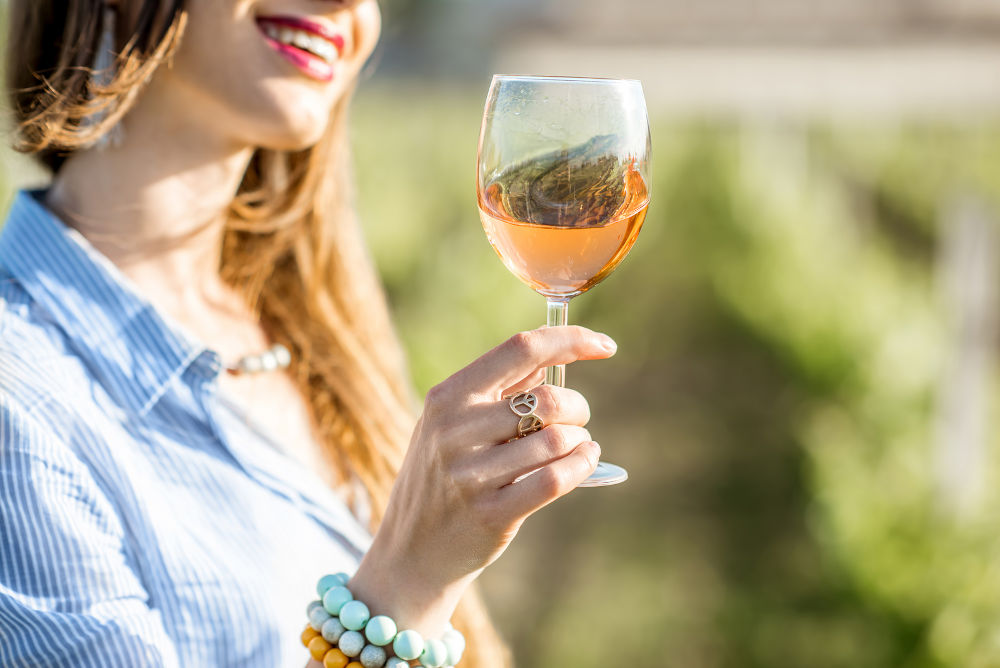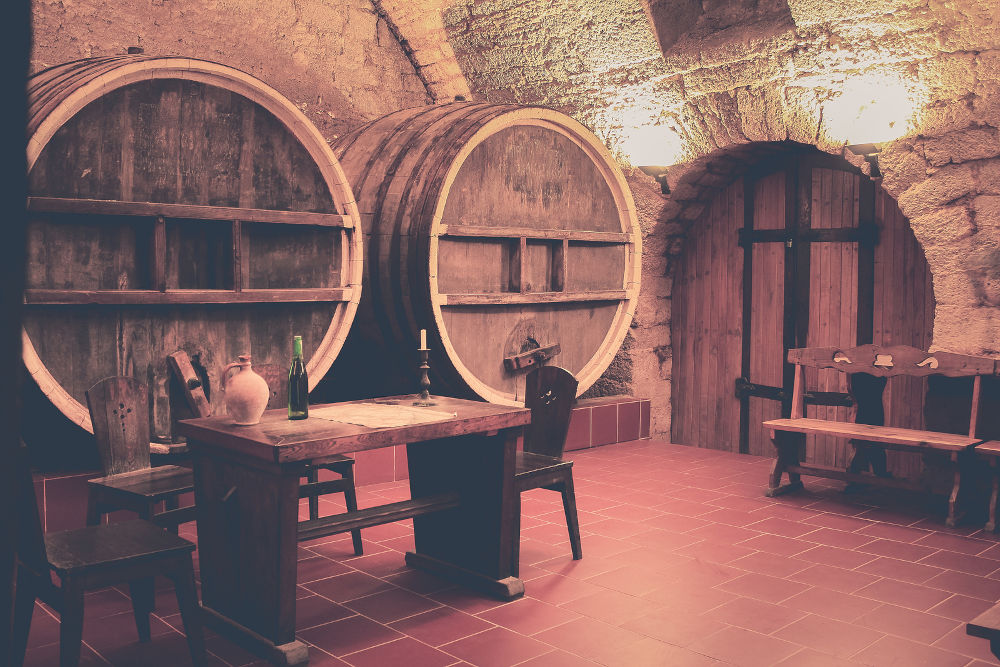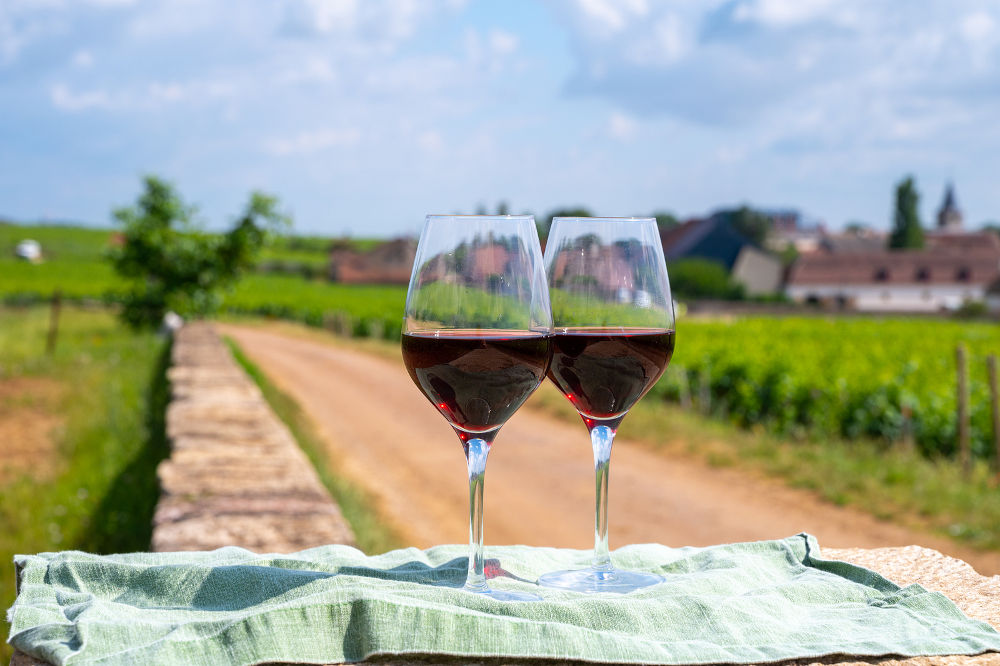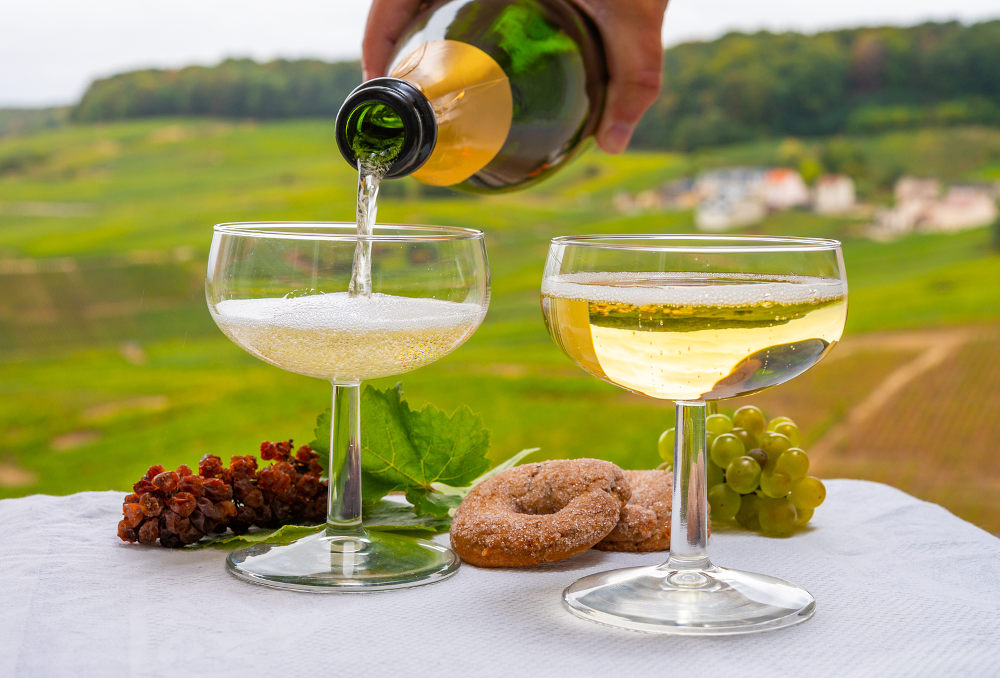French wine travel is changing. The most rewarding journeys aren’t about racing between trophy addresses; they’re about a quiet, confident rhythm – Paris to Champagne, Burgundy to Bordeaux – where each stop deepens your sense of place and the joins between them feel almost invisible. You arrive, breathe, taste; the road seems to organise itself.
Paris as prelude
Paris works best as a palate-setter rather than a checklist. A private hour with a curator at the Louvre or Musée d’Orsay; a modest bistro lunch where the wine list whispers of regions to come; an evening tasting flight that sketches the arc of your week: Champagne’s chalk-cut precision, Burgundy’s silken Pinot Noir, Bordeaux’s graphite-lined structure. You’re not collecting destinations so much as attuning your attention.
 Anyone can enjoy a grand tour of wine, from beginners to seasoned collectors
Anyone can enjoy a grand tour of wine, from beginners to seasoned collectors
Champagne: Precision and poise
In Épernay and the villages around Reims, Champagne is both grand theatre and fine brushwork. At a maison on the Avenue de Champagne, vaulted cellars carry the cool of the chalk as you trace the process from reserve wines to riddling. A visit with a grower in the Montagne de Reims reveals a different tempo: single parcels, lower dosage, a linear energy that reads like flint and salt. Pairings matter here – Comté against blanc de blancs, sole meunière beside vintage cuvées – because Champagne’s architecture reveals itself in conversation with food.
Between appointments, it pays to walk a few rows and feel the soil underfoot: chalk that snaps like slate, a tactile reminder of why these wines hum with tension. Dinner in a calm, white-tableclothed room completes the study; the pairing is not an afterthought but an argument well made.
Burgundy: The art of unrushed
Burgundy asks for silence and time. On a mid-morning lane in the Côte de Nuits, you can hear the difference between vineyards as much as taste it: Gevrey’s breadth, Chambolle’s perfume, Vosne’s incense and spice. A vaulted cellar tasting foregrounds nuance over power; a kitchen-table lunch at a small domaine reminds you that terroir is also hospitality -gougères warm from the oven, charcuterie from down the road, a bottle that never appears on public lists.
Afternoons invite walking. In the Côte de Beaune, limestone crumbles in the hand; later, it returns as texture in the glass. The region rewards patience: two meaningful appointments a day leave room for the slow evolution of a wine from first pour to last. Dinner in Beaune – a classic address, a careful trolley of cheeses – extends the conversation without hurry.
 Some wine tastings are offered within the atmosphere of the wine cellar
Some wine tastings are offered within the atmosphere of the wine cellar
Bordeaux: Architecture and authority
The Gironde opens the lens. On the Left Bank, gravel ridges and clipped symmetry set the tone; a private appointment makes legible the rigor behind Cabernet Sauvignon’s authority – plot-by-plot vinification, watchful élevage, oak that frames rather than overpowers. A library pour might turn graphite into pencil shavings, cassis into black tea and tobacco.
Across the river, the Right Bank shifts posture. Limestone, Merlot, and medieval lanes – Saint-Émilion reveals a more intimate gait. Lunch is simple and seasonal. A hillside walk retraces the slope you noticed in the glass, an elegant proof that Bordeaux, at its best, is geology narrated over time.
An optional interlude: Provence
Some itineraries benefit from a southern exhale between structured appellations. Provence offers sunlight as a spice – olive groves, market kitchens, an afternoon e-bike to a hillside tasting, rosé poured under plane trees. It’s not a compulsory stop, but the softness can be restorative.
 Pace yourself well if you’re considering a wine tour and enjoy some downtime and sightseeing in between tastings
Pace yourself well if you’re considering a wine tour and enjoy some downtime and sightseeing in between tastings
The invisible craft behind ‘effortless’
What reads as effortlessness is usually choreography: tasting appointments at the right hour (morning for focus; late afternoon for generosity), routes that trade motorways for vine-lined backroads, lunch reservations at dining rooms that understand palate fatigue, luggage that moves ahead so hands remain free. A planner at Into The Vineyard describes it as ‘editing the trip until only the most human moments remain’ – the conversation that runs long, the bottle pulled from a back shelf, the vineyard detour because the light is perfect.
Pacing is the quiet hinge. Three regions in seven days can be transcendent or tedious; the difference is restraint. Two substantial appointments per day, unhurried transfers, and a willingness to follow a thread when a winemaker says, ‘there’s something else you should try,’ make space for the kind of serendipity that reads as luxury.
For readers mapping their own route or comparing specialist-led options for luxury France wine tours, the most useful yardsticks are tempo (how many tastings per day), access (small producers as well as marquee names), and logistics (driver-guides, luggage-forward service, shipping and documentation for purchases).
Who thrives on a grand tour
Collectors benefit from comparative tastings, library pours, and professional shipping with documentation for the cellar.
Seasoned enthusiasts find that vineyard walks and kitchen-table lunches translate abstract terroir into muscle memory.
Curious newcomers learn faster in calm settings: a good host turns geology into flavour and history into hospitality without leaning on jargon.
Across these profiles, luxury rarely announces itself. It presents as care, timing, and a sense that nothing important has been left to chance.
 The finest grand tours of French wine don’t feel like conquests; they feel like coherence
The finest grand tours of French wine don’t feel like conquests; they feel like coherence
A sample seven-night arc
Days 1–2: Paris and Champagne
Arrive and reset. A private art hour, then a sommelier-led flight that sketches the week’s flavours. Transfer to Épernay for a maison visit (cellar, blending) and a grower appointment focused on single-parcel expression. Dinner where pairings are integral rather than ornamental.
Days 3–4: Burgundy
Drive to the Côte d’Or. Morning in the Côte de Nuits (two contrasting communes); lunch at a family domaine; an easy Beaune evening. The next day in the Côte de Beaune with a vineyard walk and a quiet library pour. Reservations at a classic table with an excellent cheese service.
Days 5–7: Bordeaux
High-speed transfer and a driver meet in Bordeaux. Left Bank appointment for architecture and élevage; a riverside dinner. Right Bank day in limestone country, then a final evening menu that revisits the week’s themes – contrast, texture, time.
Throughout: generous margins for a spa hour, a market wander, or simply looking out the window as vineyards slide by.
A final thought
The finest grand tours of French wine don’t feel like conquests; they feel like coherence. Regions stop being names on labels and become landscapes you can taste. When planning is precise and pacing humane, the trip reads less like logistics and more like a narrative carried in the glass – one that stays with you long after the suitcase is unpacked.


Dining and Cooking